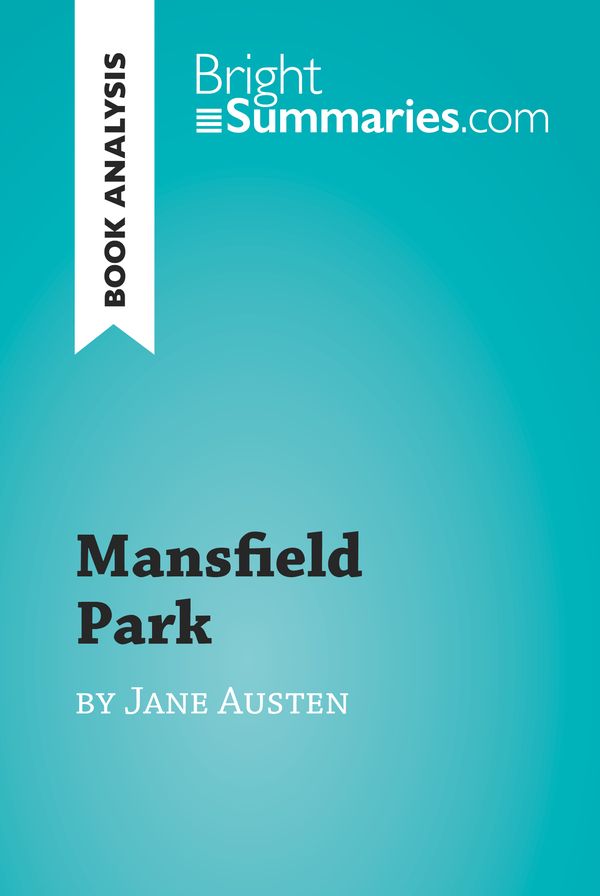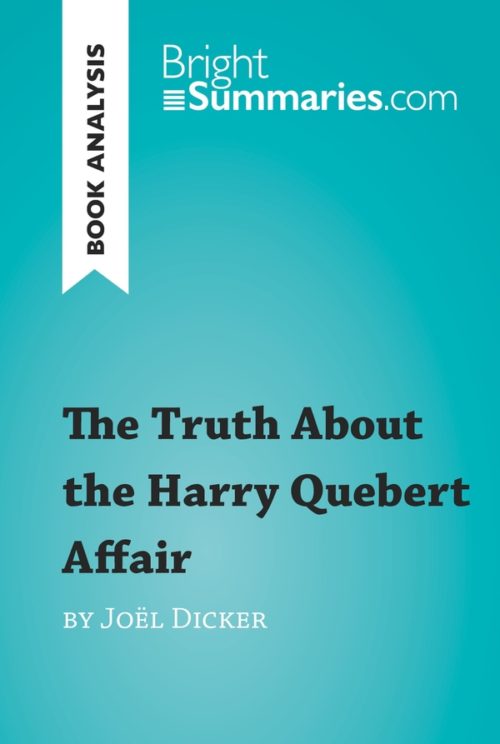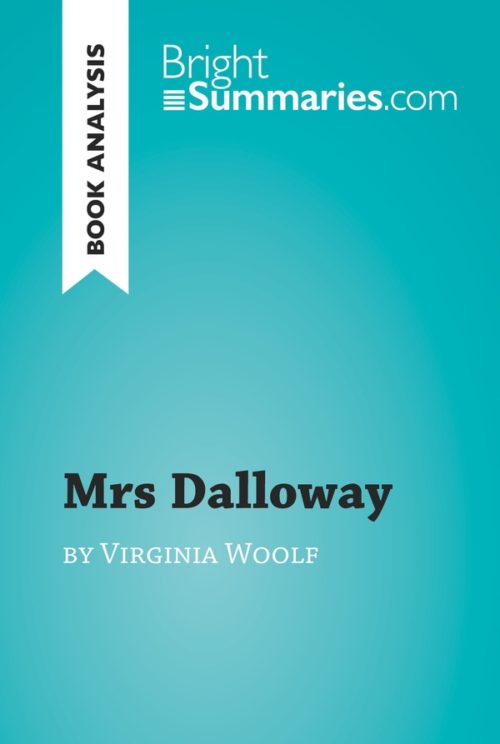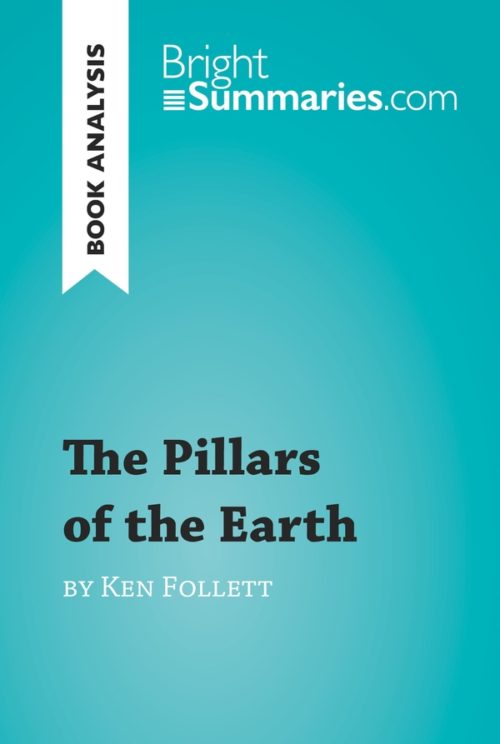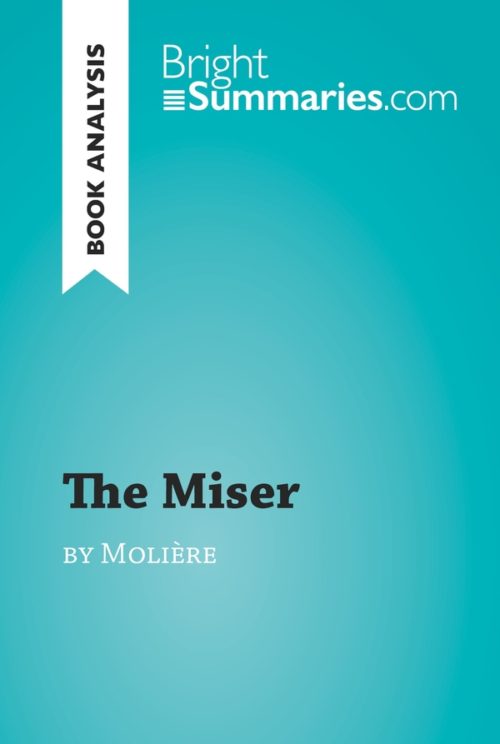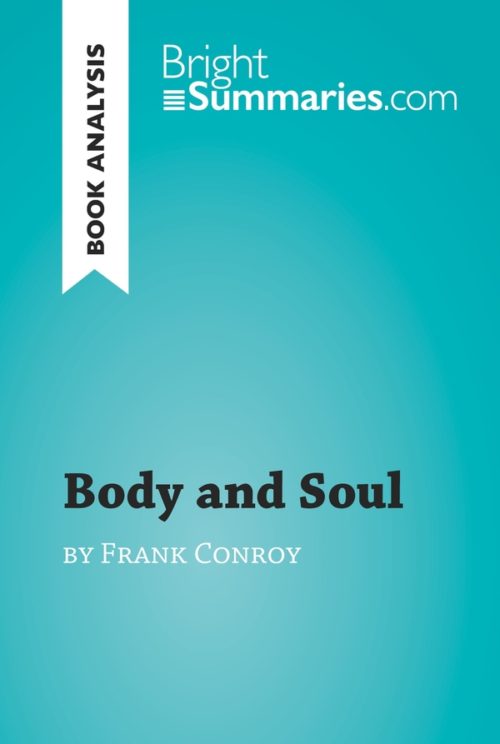Mansfield Park by Jane Austen (Book Analysis)
Mansfield Park by Jane Austen (Book Analysis)
Detailed Summary, Analysis and Reading Guide
Read more
This practical and insightful reading guide offers a complete summary and analysis of Mansfield Park by Jane Austen. It provides a thorough exploration of the novel’s plot, characters and main themes, including social class, appearances and the role of acting and performance in human relationships. The clear and concise style makes for easy understanding, providing the perfect opportunity to improve your literary knowledge in no time.
This clear and detailed 58-page reading guide is structured as follows:
- Biography of Jane Austen
- Presentation of Mansfield Park
- Summary of Mansfield Park
- Character study
- Fanny Price
- Edmund Bertram
- Mary Crawford
- Analysis of Mansfield Park
- Playacting
- Slavery
- Buildings
About Mansfield Park
Fanny Price, the protagonist of Mansfield Park, stands in stark contrast to many of Austen’s other heroines, such as Emma Woodhouse and Elizabeth Bennett: she is shy, unassuming and constantly overlooked. As a result of her mother’s ill-advised marriage and subsequent descent into poverty, Fanny is sent to live with her relatives, the wealthy Bertrams, who reside at the country house Mansfield Park. There, Fanny is often neglected by her relatives, but soon grows close to her cousin Edmund Bertram, who seems to be infatuated with the vivacious but amoral Mary Crawford.
About Jane Austen
Jane Austen was an influential English writer, best known for her novels, including Emma, Sense and Sensibility and Northanger Abbey. She came from a respectable but not particularly wealthy family, which meant that her parents could not afford to send her to school. She therefore taught herself, thanks to her father, her brothers and the extensive family library. Austen never married, and her novels contain numerous criticisms of the position of women in Georgian society and wives’ dependence on their husbands. She also used her writing to critique the sentimental fiction that was popular in the second half of the 18th century, and she favored a writing style that fused realism, satire and irony.
Product details
| ISBN | 9782808016353 |
|---|---|
| Publisher | Plurilingua Publishing |
| Collection | Brightsummaries.com |
| Format | |
| Pages | 58 |
| File size | 2.1 MB |

